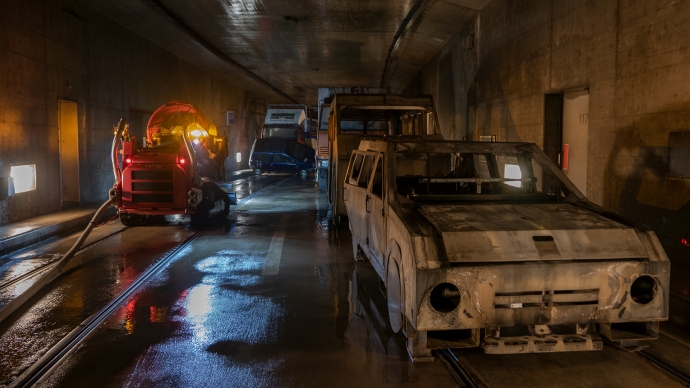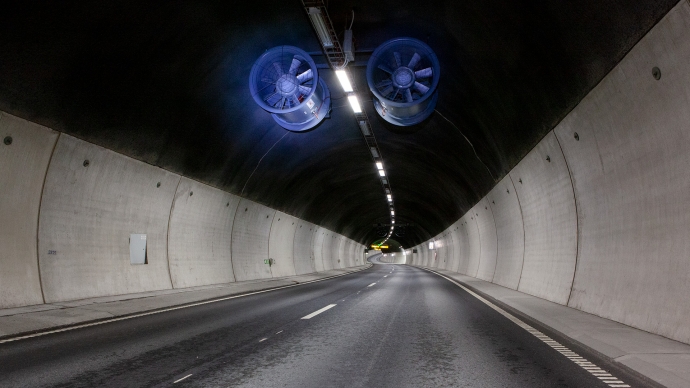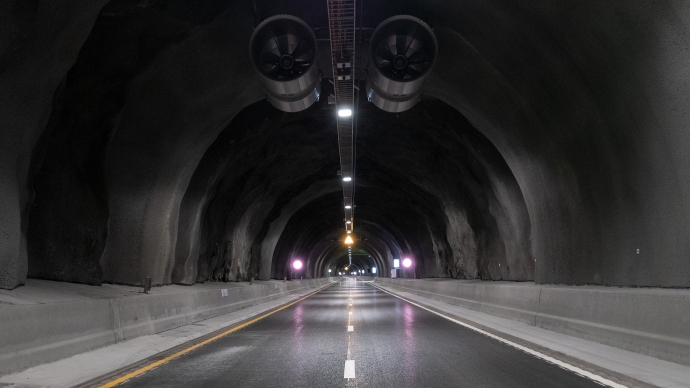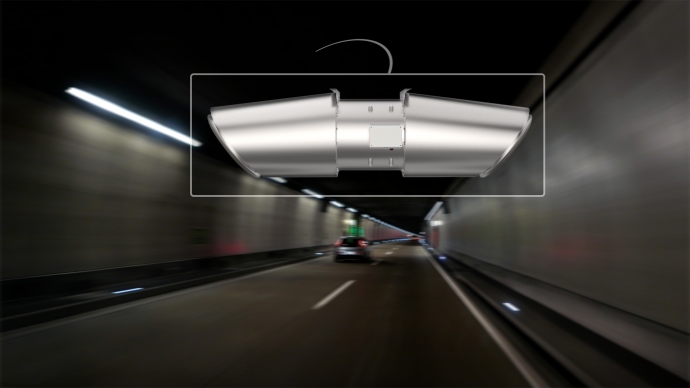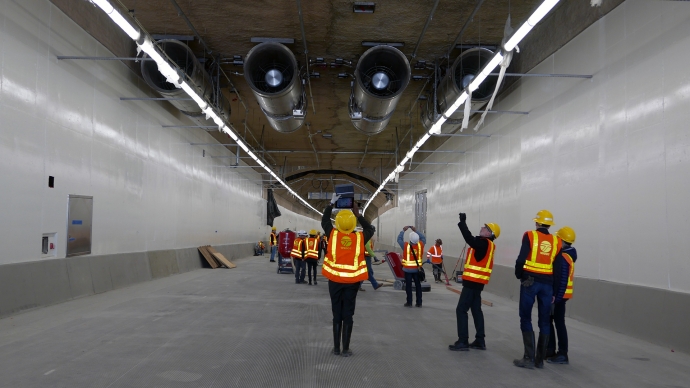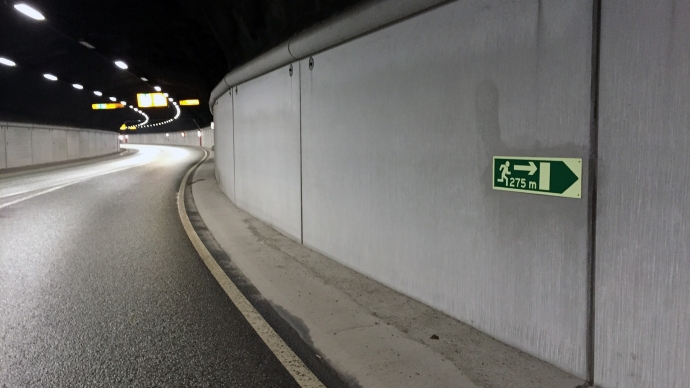New research from Belgium conclude that mobile fans can be used for controlling smoke in tunnels. However there are limitations on how effective mobile fans is, but also the conditions that which is the basis for research. However mobile fans are so much more than a single fan, it can provide additional water, have adjustment options in height and be used to move vehicles and debris.
All Stories
Last week, in the well-known Applus+ "San Pedro de Anes" Experimental Centre, we where presented the latest design within ventilators and explained how a proper design can optimise the airflow. Not only will a optimised design save costs, but also increase safety, says Dr. Fathi Tarada.
The air velocity in tunnels is important in a tunnel management system and a crucial part of ventilating in both a normal situation and when a fire incident occur. The quality of the output from the automatic control in the SCADA system and decisions that has to be made by the traffic Control Centre is only as good as its sensors.
Its improtant for any tunnel operators to lower the costs and improve energy efficiency, especially on cost consuming technical facilities as Ventilation systems. The reversible MoJet® tunnel ventilation system typically enhances by 25% the in-tunnel aerodynamic thrust compare to other jet fans.
To facilitate human evacuation and emergency responder safety, the National Cooperative Highway Research Program (NCHRP, US) recently published guidelines for emergency ventilation smoke control in roadway tunnels (2017).
The IDA Tunnel, software from EQUA Simulation AB, allows the engineer to simulate road and rail tunnel design projects, including full range of ventilation and fire design tasks. The software delivers now improved algorithms that increase robustness and speed to the simulations so that computed results can be animated in the context of a full 3D representation of the tunnel network.

 En
En 




